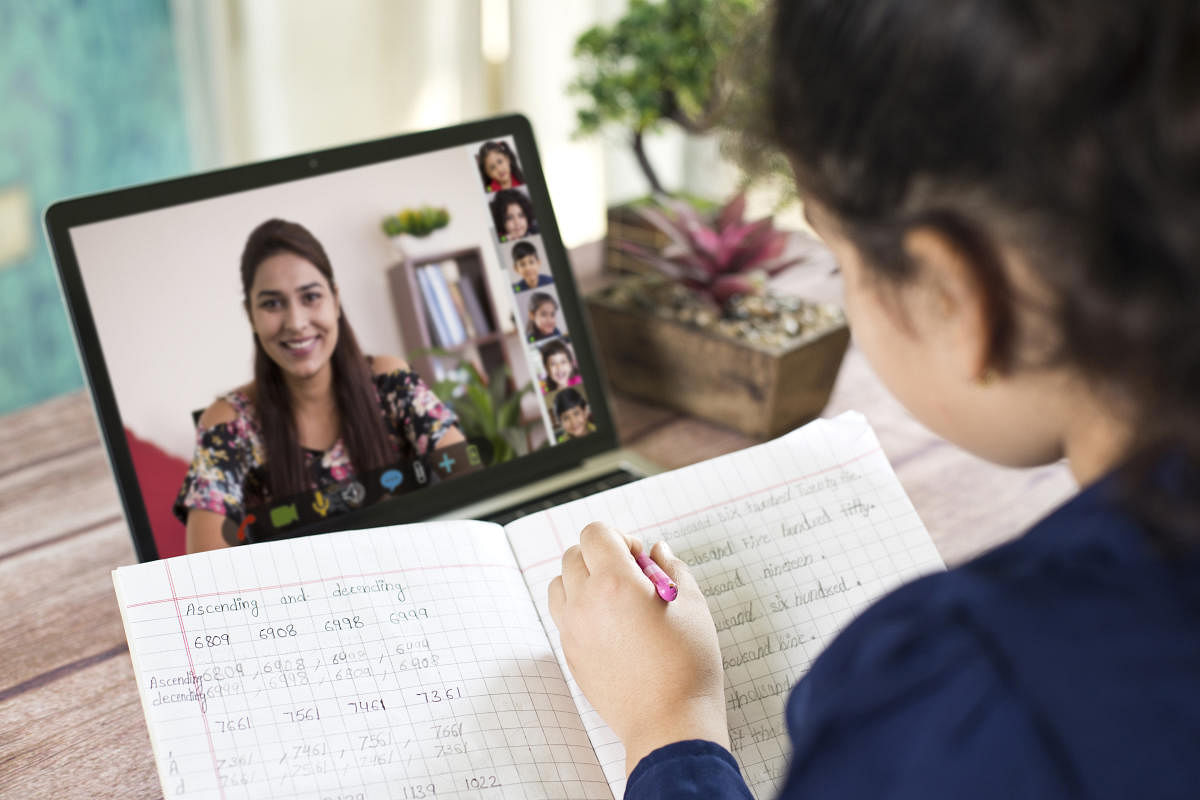
With a huge influx of edtech applications and a growing need to use them both in schools and out of them, deciding which one is best suited cam prove challenging. From a school, government or edtech company’s perspective, the Tulna project, an initiative by IIT Bombay and Central Square Foundation, is tackling this challenge by creating standards that describe what good learning apps look like for various use-cases. The project also publicly evaluates applications on the market to support decision making.
So, how do parents navigate the advertisements to identify useful technology learning aids?
According to Aditi Kothiyal, a scientist at EPFL, Switzerland, there are two things parents should look for, "Check if the content is described in various ways such as using words, diagrams, graphs and tables, equations etc. Multiple ways of representing the same content helps children learn better. Check if the app includes examples and problems from different contexts, as seeing the different contexts in which a concept applies makes children’s understanding stronger.”
Shitanshu Mishra, a researcher at UNESCO MGIEP, says parents should first identify what learning objectives an app would help achieve, "It is desirable if an app caters to a combination of learning objectives on an educational topic including polishing a mental skill, and inculcating positive attitudes in your kids. An ideal educational app should not appear as an additional workload for your kid. It should not just deliver content but should also be playful.”
Another objective should be to see if the app promotes out-of-the-gadget learning, says Jayakrishnan M, a senior Scientist at IIT Madras, “Is the app explicitly promoting disengagement from the device? A high learning curve to effectively use the app is desirable as all productive learning requires some effort. Apps should not dumb down learning.”
A child learns best in the mother tongue. T G Lakshmi, an edtech researcher in the development sector states, “Find apps that use a mix of vernacular language and English language. In such a scenario the child’s understanding is better since it is in the language of conversation at home and builds a repertoire of English words. In the edtech space though we see academic content available in the vernacular medium, there is a lack of vernacular applications for skills such as coding. The fact that important 21st century skill based applications are available mostly in English is a limiting factor to equitable access to education.”
Research among learners with disabilities in lower and middle income countries show that children with learning disabilities can benefit from edtech apps as they provide ‘entry,’ ‘engagement’, and ‘empowerment’ to education. These interventions should promote greater communication, independent living and self-advocacy whereas current solutions focus only on basic access health, employment or education. Edtech apps need to be learner centric instead of techno-centric.
As edtech apps are becoming ubiquitous, it is important for parents to demand that the apps voluntarily comply with requirements in the General Data Protection Regulation (GDPR), even if India does not have an equivalent stringent requirement, so that their children's privacy and data integrity is protected. Most importantly parents need to keep in mind the social and emotional development of the child and it might be necessary to uninstall apps if this requirement is not satisfied.
(Vikram Vincent is an academic from IIT Bombay who specialises in edtech. With inputs from Prof Sahana Murthy, IIT Bombay and Rashi Dhanani, Central Square Foundation)